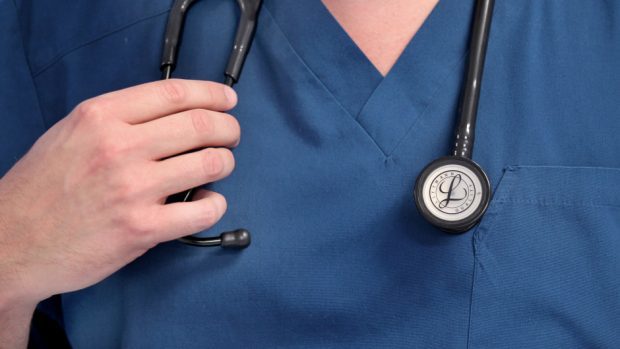A new study has found that the more nurses available on a stroke ward, the greater chance of survival among patients.
Researchers at Aberdeen and East Anglia universities discovered that just one additional nurse for every 10 beds will reduce the chance of death after 30 days by up to 28%, and up to 12% after one year.
The number of consultants, type of hospital and level of support offered at discharge were some of the factors looked at in the study.
Patient survival at seven days, thirty days and one year after stroke was recorded.
The research was funded by the National Institute for Health Research’s (NIHR) Research for Patient Benefit (RfPB) Programme.
It showed that nurse to patient ratio was the only factor that could reliably predict whether a patient would have survived 12 months after their stroke.
The research was led Phyo Myint, professor of Old Age Medicine at Aberdeen.
He said: “This is surprising – we didn’t expect to find this.
“We might expect more obvious aspects of health care to have a greater impact on survival, such as, having a team to support early hospital discharge, or the proportion of acute and rehab beds on the unit.
“Instead, we found that, when controlling for all other variables, an increasing nurse to patient ratio has a substantial effect on reducing likelihood of death after stroke. This proved to be a very clear and consistent predictor of stroke survival.”
The study has been published to coincide with World Stroke Day.
